Weird but true creatures, equipped with unique survival mechanisms, inspire our imaginations, and broaden our understanding of what’s possible in the most unexpected ways. Let’s take a look at these marvels of evolution that contribute to the Earth’s extraordinary biodiversity.
Axolotl
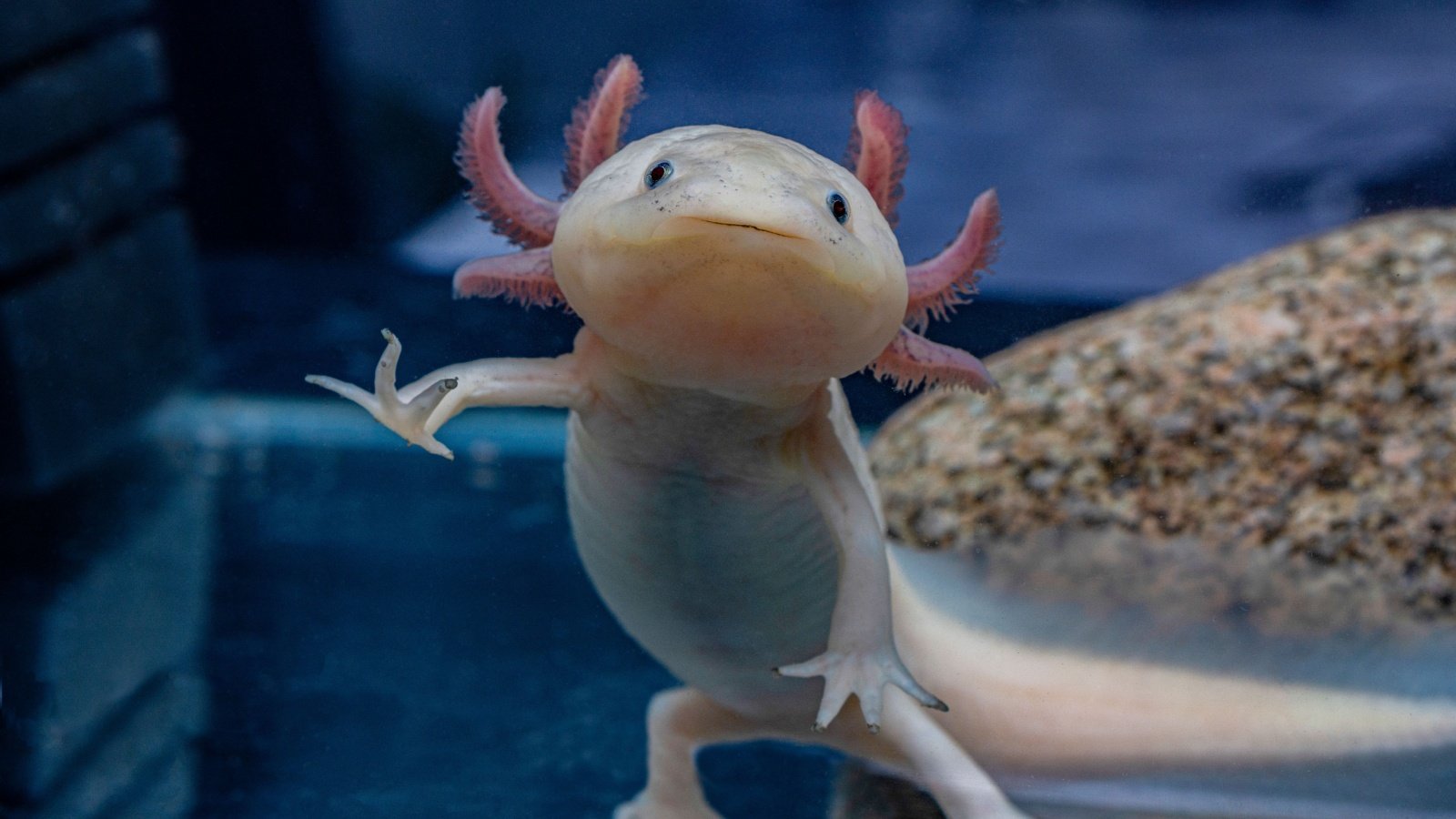
The axolotl is a rare type of salamander that never undergoes metamorphosis, retaining its gills into adulthood. Native to the lake complex of Xochimilco near Mexico City, these creatures are capable of regenerating lost body parts, including limbs and even parts of their hearts. Their alien-like appearance and unique regeneration abilities make them a subject of fascination.
Platypus
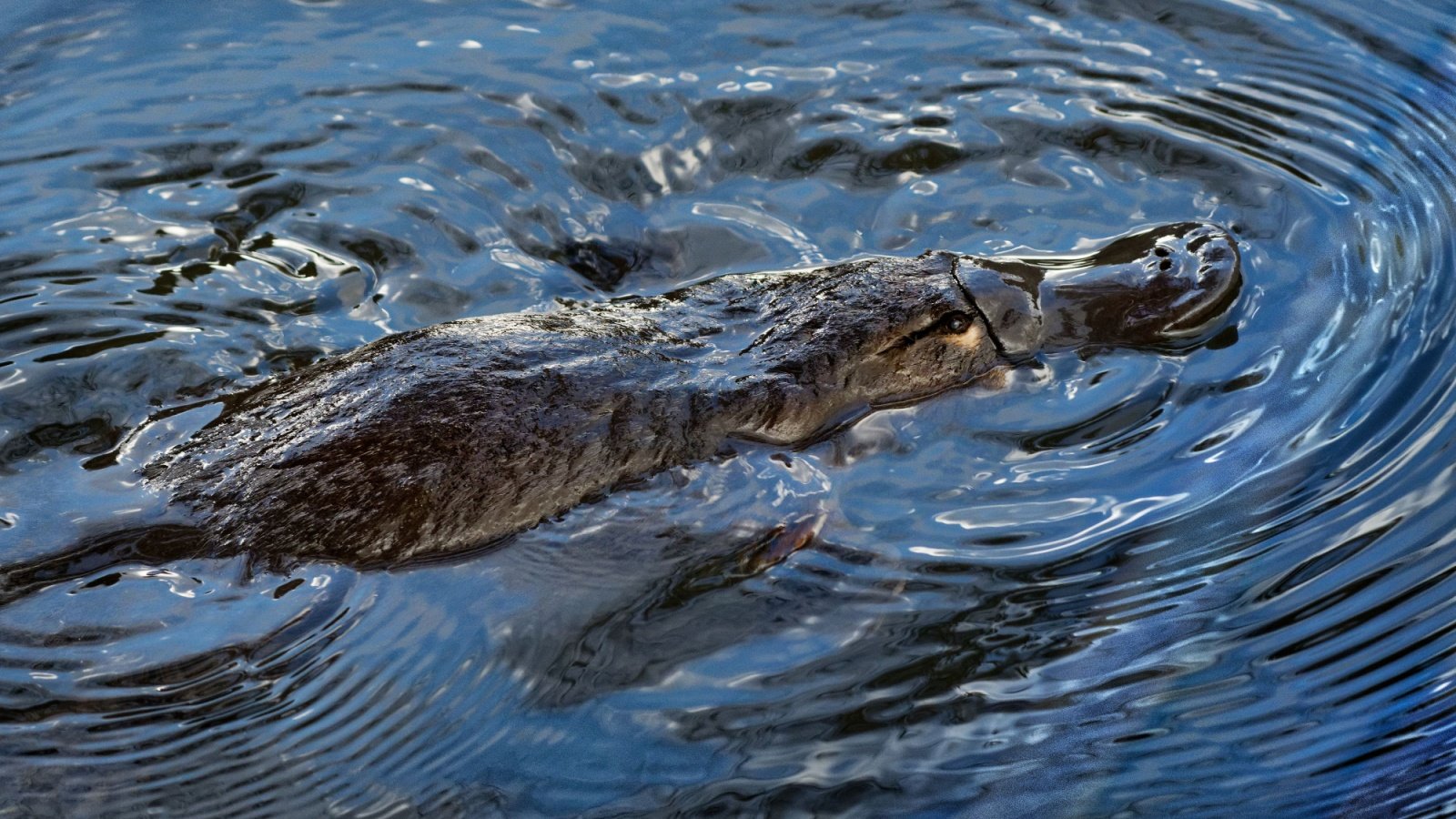
The platypus, an unusual mammal native to Australia, baffled scientists upon its discovery due to its duck-like bill and otter-like body, leading some to believe it was a hoax. This creature is one of the few mammals that lay eggs, and it possesses electroreceptors in its bill to detect prey underwater. The platypus also produces venom, a rare trait among mammals.
Narwhal

Narwhals, often called the “unicorns of the sea,” are mysterious Arctic whales known for the long, spiral tusk that protrudes from their heads. This tusk is actually an elongated tooth that can grow as long as ten feet and is mostly found in males. Narwhals use this tusk in mating rituals.
Blobfish
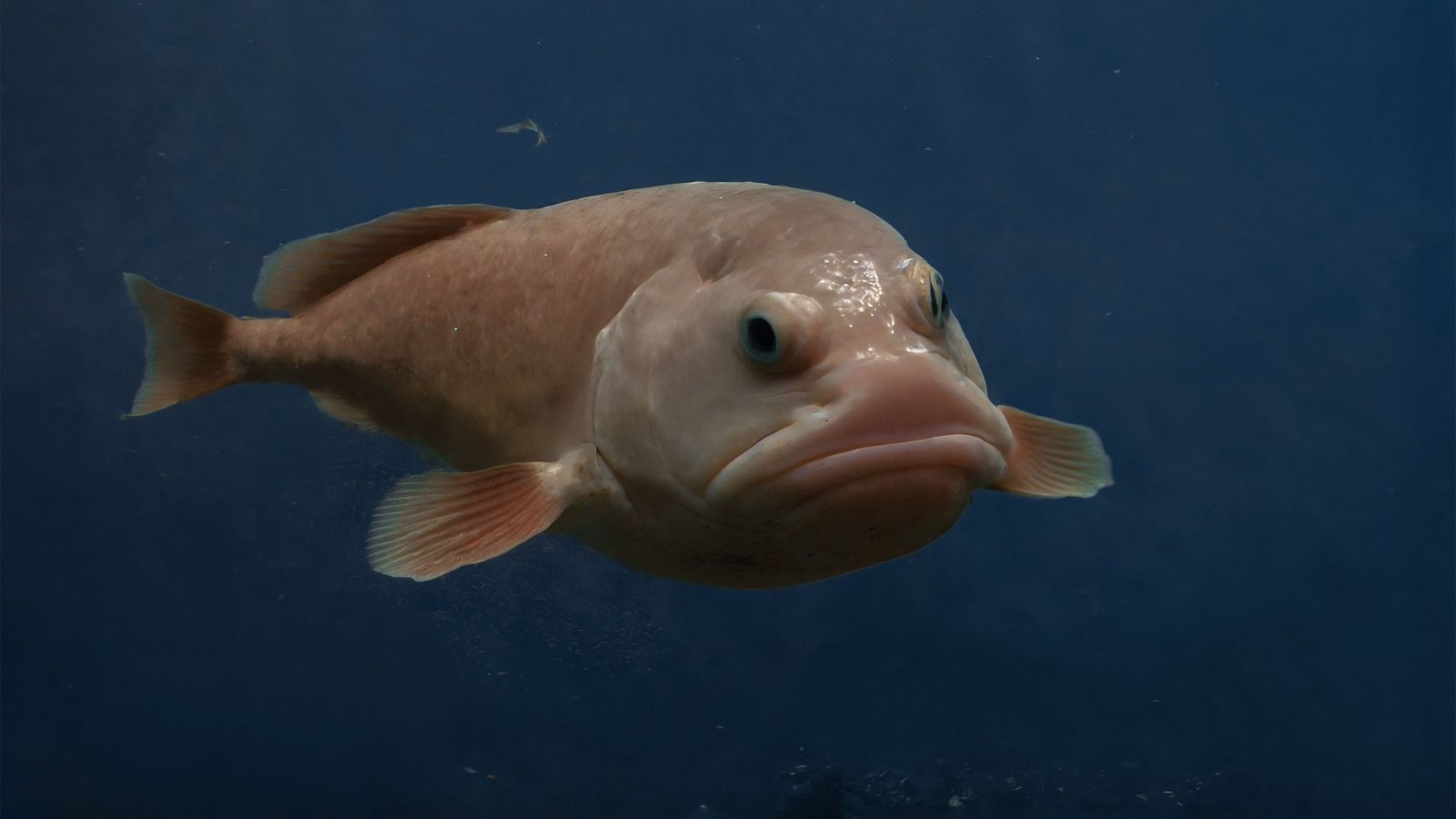
Named the “world’s ugliest animal,” the blobfish resides deep in the waters off the Australian coast. This gelatinous fish survives at depths where the pressure would crush other creatures, thanks to its jelly-like consistency. The blobfish’s appearance dramatically changes when it is taken out of its high-pressure environment, looking more like a gooey mess than a fish.
Aye-Aye

Native to Madagascar, the aye-aye is a lemur with rodent-like teeth that continuously grow and a special thin middle finger it uses to tap on trees to find grubs. It’s bizarre method of finding food, called percussive foraging, involves tapping on wood to locate insects, then gnawing holes in the wood to hook them out with its elongated finger.
Star-Nosed Mole
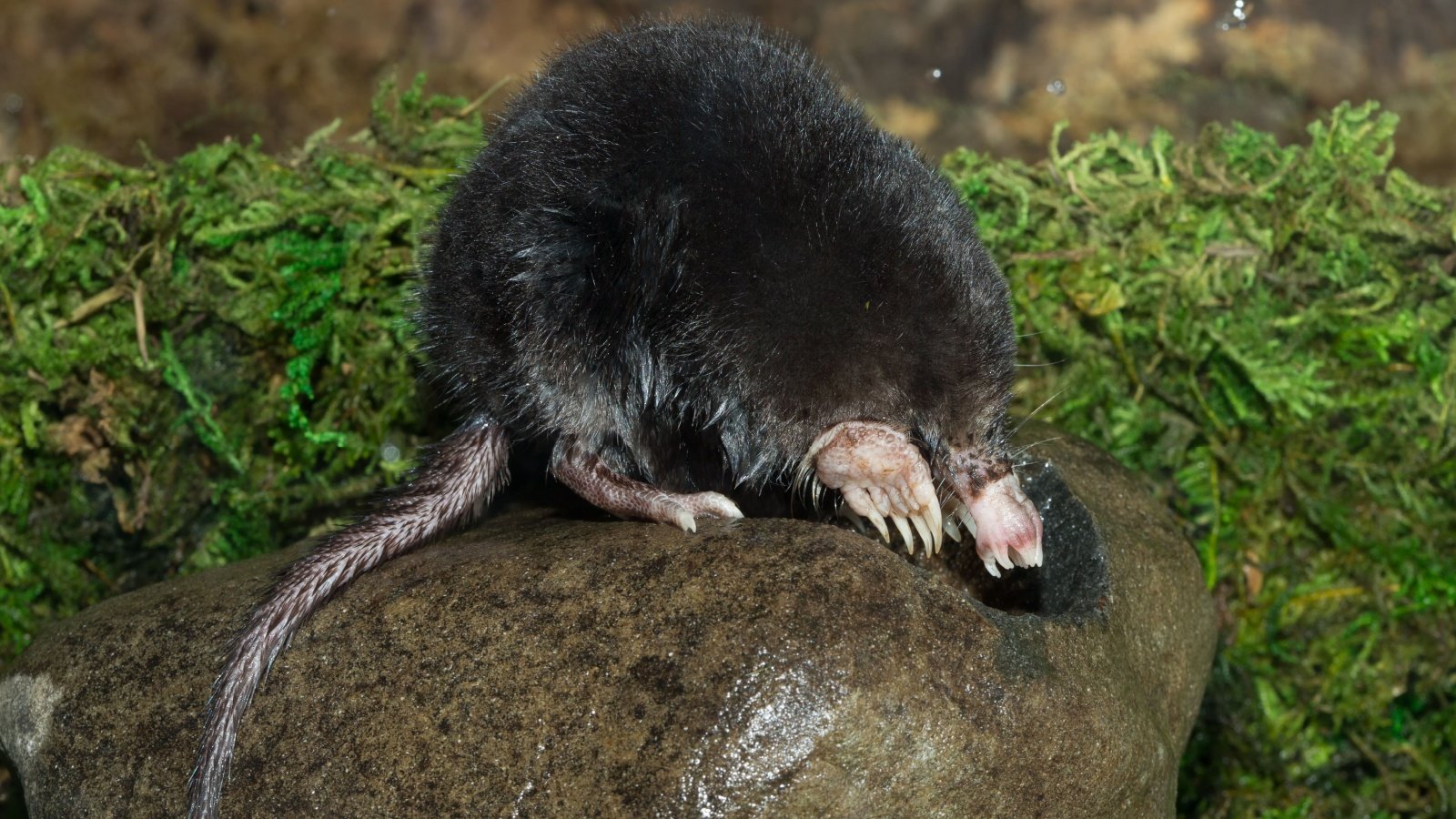
The star-nosed mole is remarkable for the twenty-two pink, fleshy appendages ringing its nose, which it uses to feel its way around. This North American mole is almost blind and uses its unique nose to detect seismic wave vibrations to find food. Living in wet lowland areas, it can smell underwater by exhaling air bubbles onto objects and then inhaling them back in.
Tardigrade

Tardigrades, also known as water bears, are microscopic animals famous for their incredible resilience. They can survive extreme conditions that would be fatal to nearly all other life forms, including temperatures close to absolute zero, exposure to outer space, and extreme pressure. Tardigrades can dry out to a dormant state for decades and rehydrate when water is available.
Vampire Squid
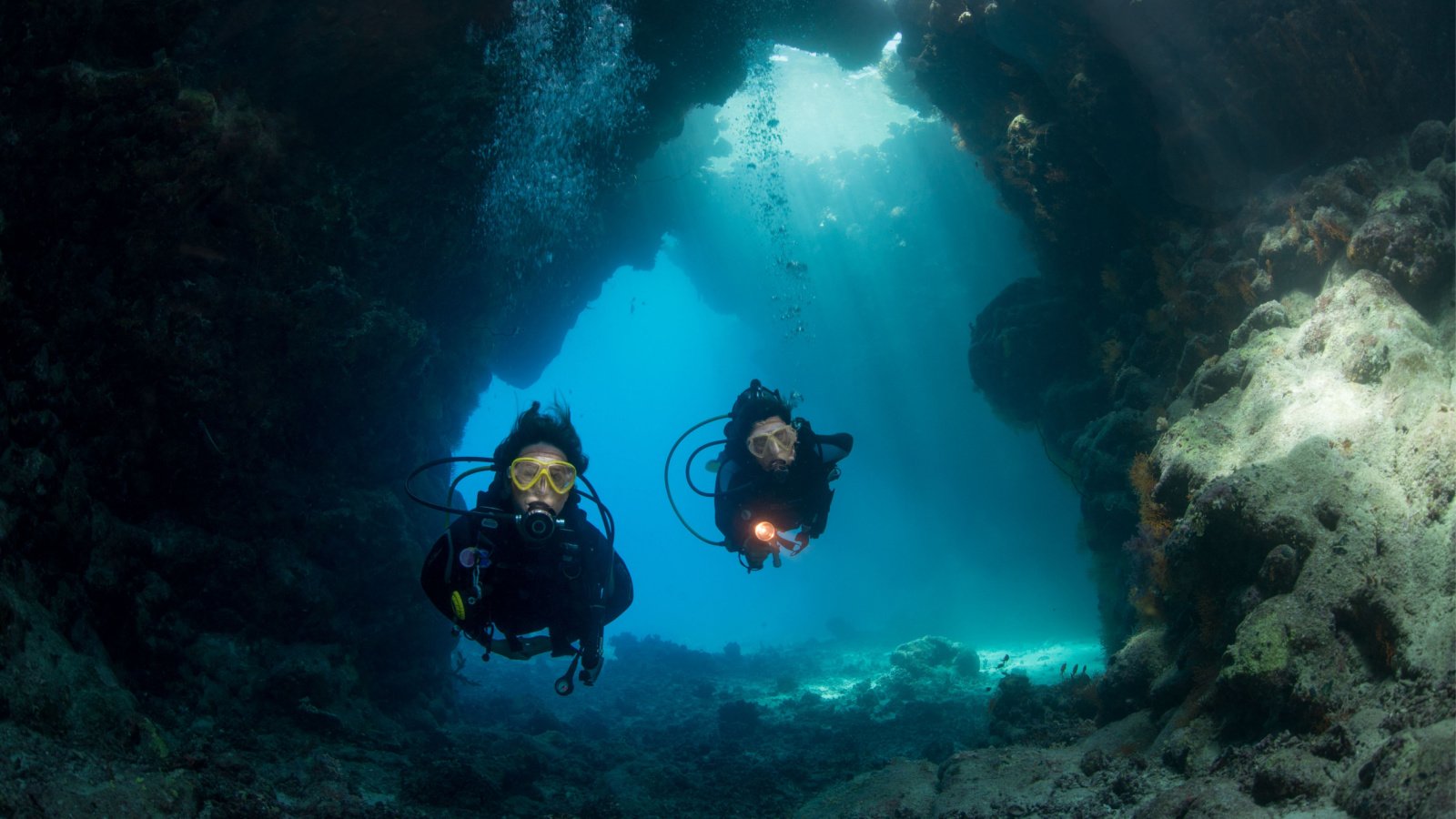
The vampire squid, with its black or dark red appearance and webbing connecting its arms, looks like something straight out of a horror film. It uses bioluminescence to disorient predators and prey alike in the deep sea. The vampire squid feeds on dead organic material that falls from the ocean’s upper layers.
Saiga Antelope
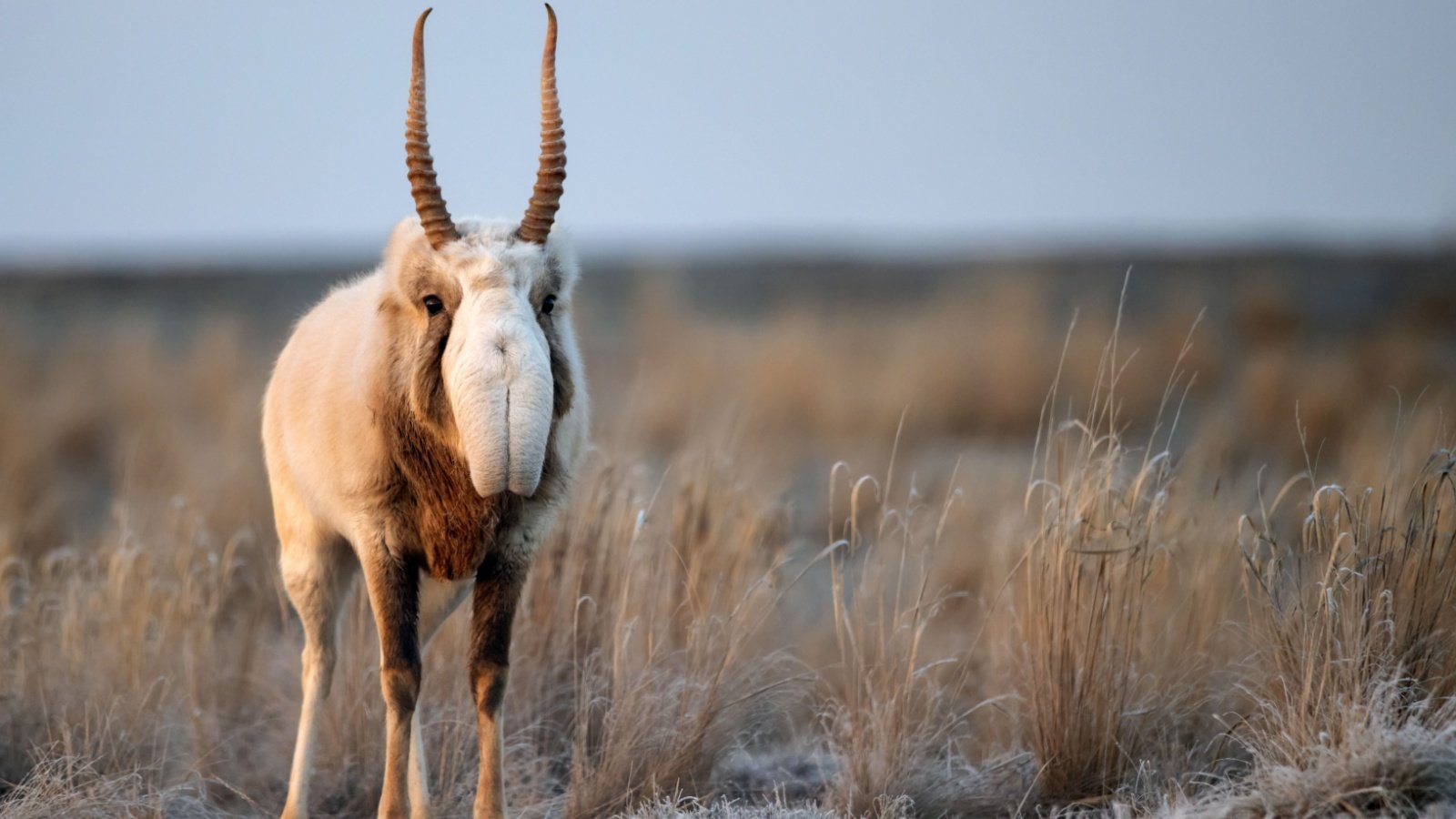
The saiga antelope, found on the steppes of Central Asia, is easily recognized by its oversized, flexible nose structure, resembling a shortened elephant trunk, which is thought to filter out dust kicked up by the migrating herds. Sadly, the saiga is critically endangered, primarily due to poaching and habitat loss.
Goblin Shark
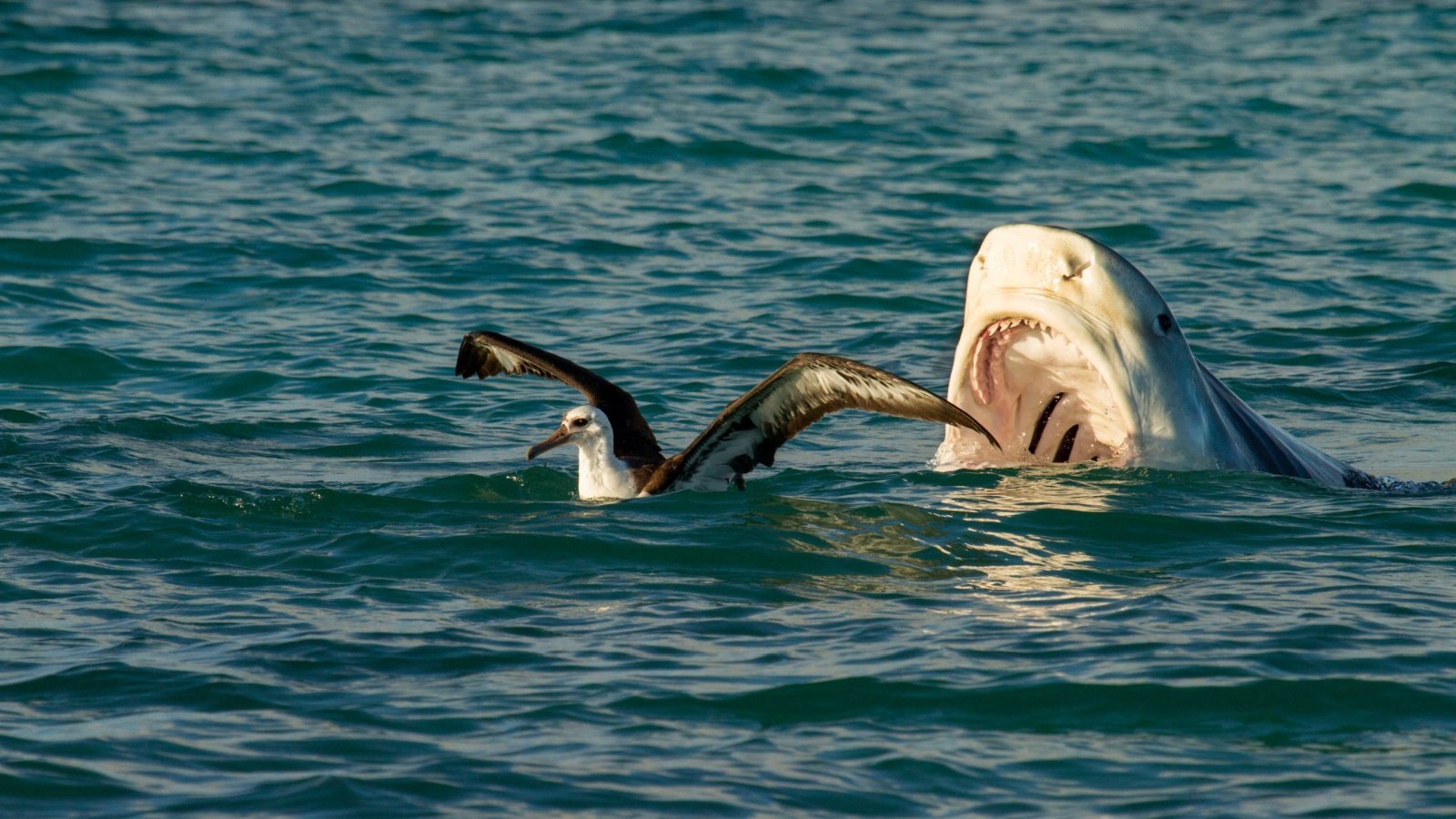
The goblin shark, often referred to as a “living fossil,” is notable for its protruding jaw and pink skin. This deep-sea shark extends its jaw to snap up prey such as crabs, squid, and fish. Its lineage dates back about 125 million years, making it a fascinating study for scientists.
Dumbo Octopus
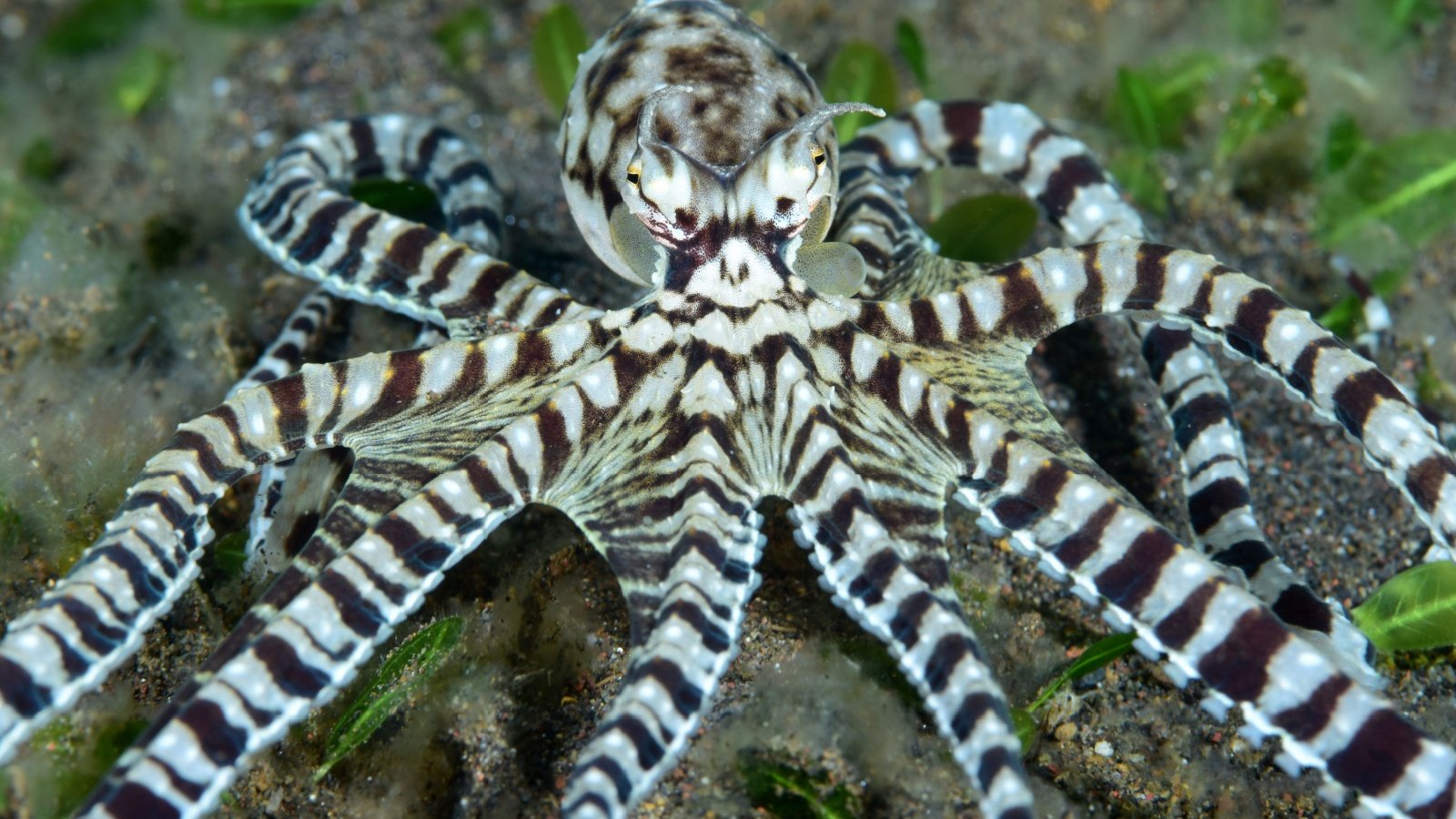
The Dumbo octopus sports a pair of prominent, ear-like fins that protrude from the top of its head-like body, which it uses to propel through the water. Found at extreme depths of up to 13,000 feet, these octopuses are among the deepest-living species known.
Lamprey

Lampreys are jawless fish with funnel-like sucking mouths rimmed with rows of sharp, horn-shaped teeth. These ancient fish are often described as “vampire fish” due to their parasitic feeding style, where they attach to other fish and suck their blood. Lampreys have remained largely unchanged for hundreds of millions of years.
Kiwi
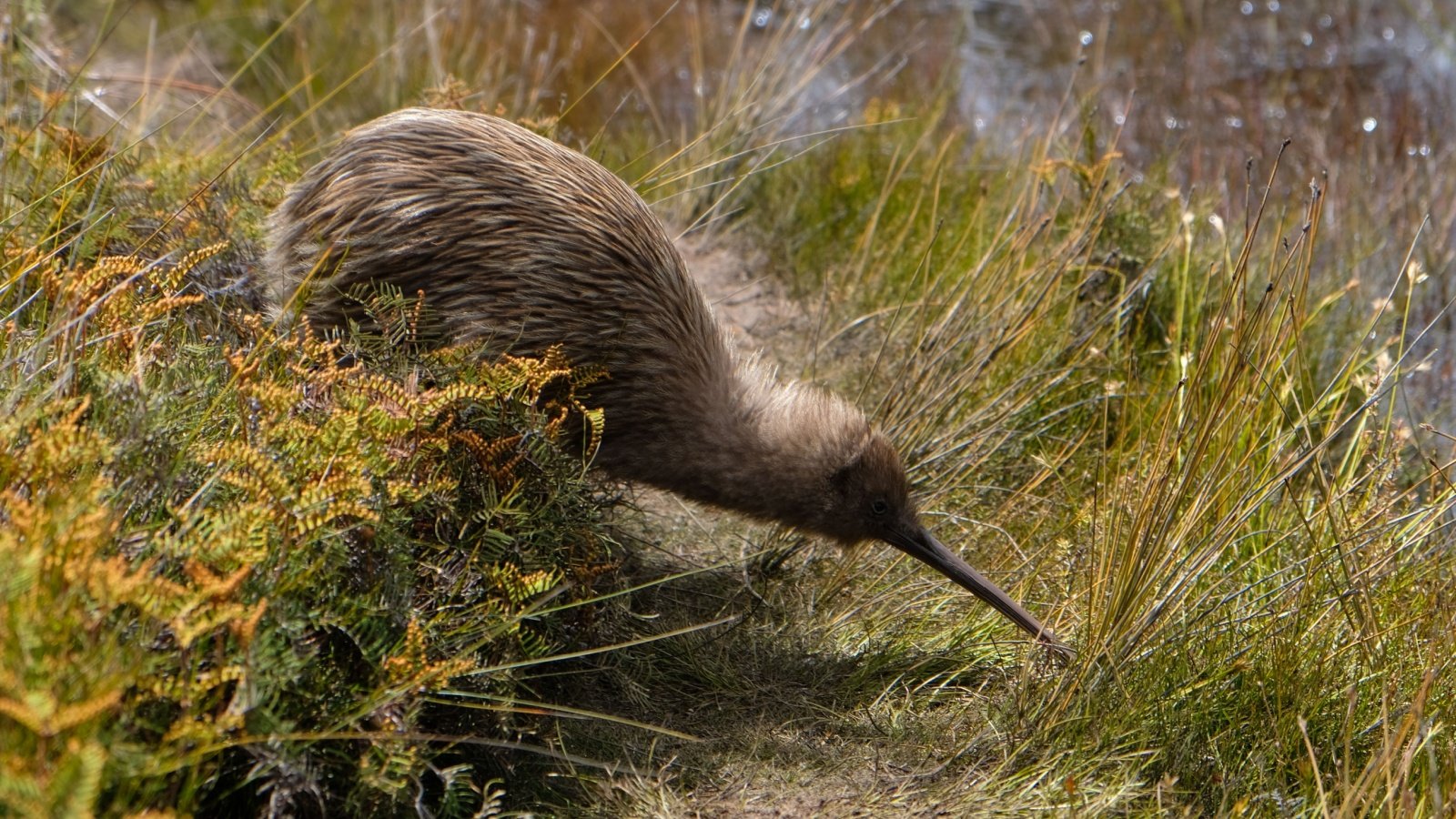
The kiwi, New Zealand’s iconic flightless bird, is peculiar for its hair-like feathers, a long beak with nostrils at the tip, and heavy, egg-laden body structure. It is the only bird with such highly developed olfactory senses, which it uses to forage for insects and worms at night.
Shoebill
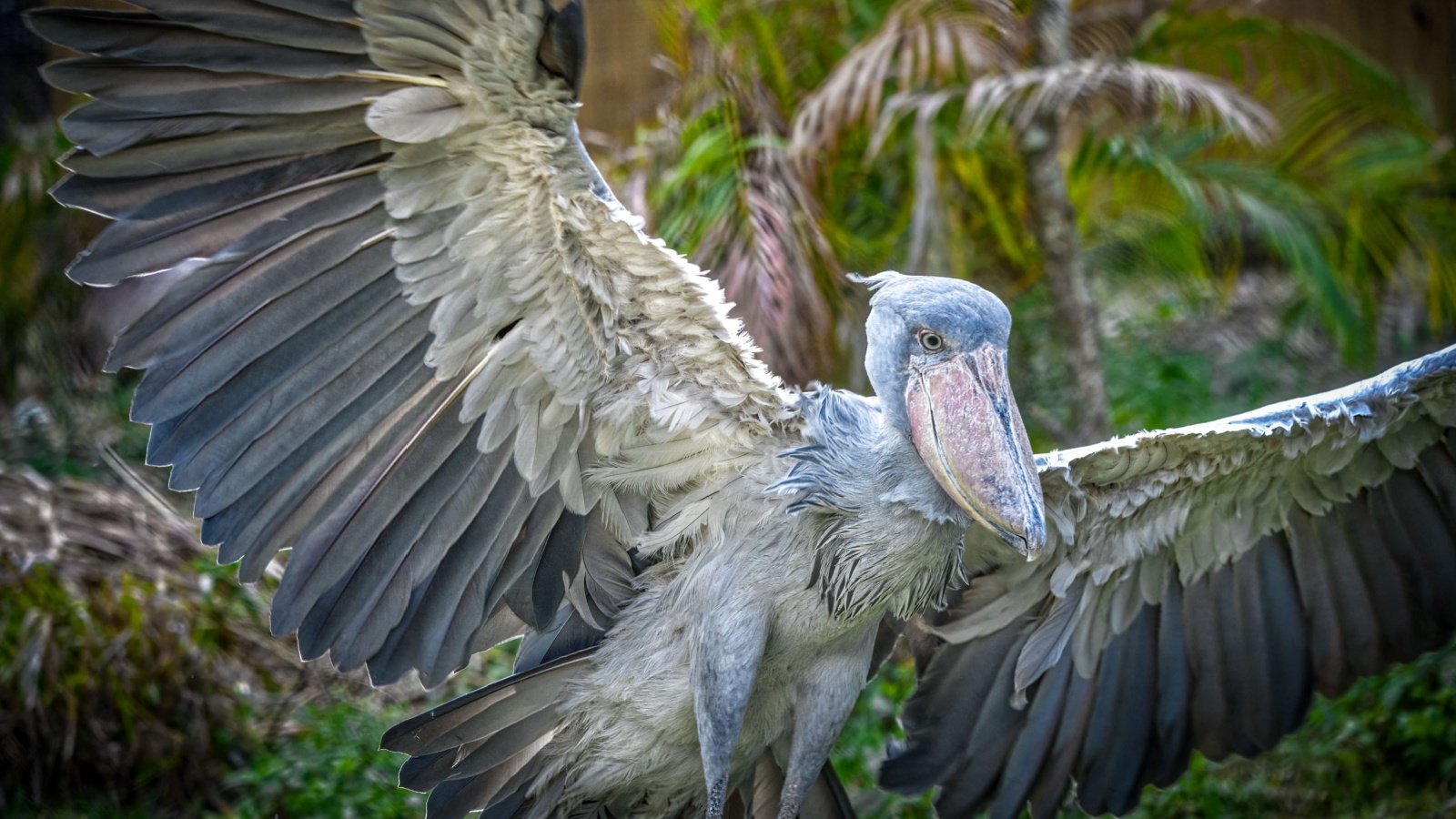
The shoebill stork resides in the swamps of East Africa. Standing nearly five feet tall, it uses its formidable bill to catch large fish, often remaining motionless for long periods before striking with lethal accuracy.
Yeti Crab

Discovered in 2005 near hydrothermal vents at the bottom of the ocean, the yeti crab is named for its pincers covered in silky blond setae resembling fur. These deep-sea creatures cultivate bacteria on their furry claws to feed on.
Maned Wolf
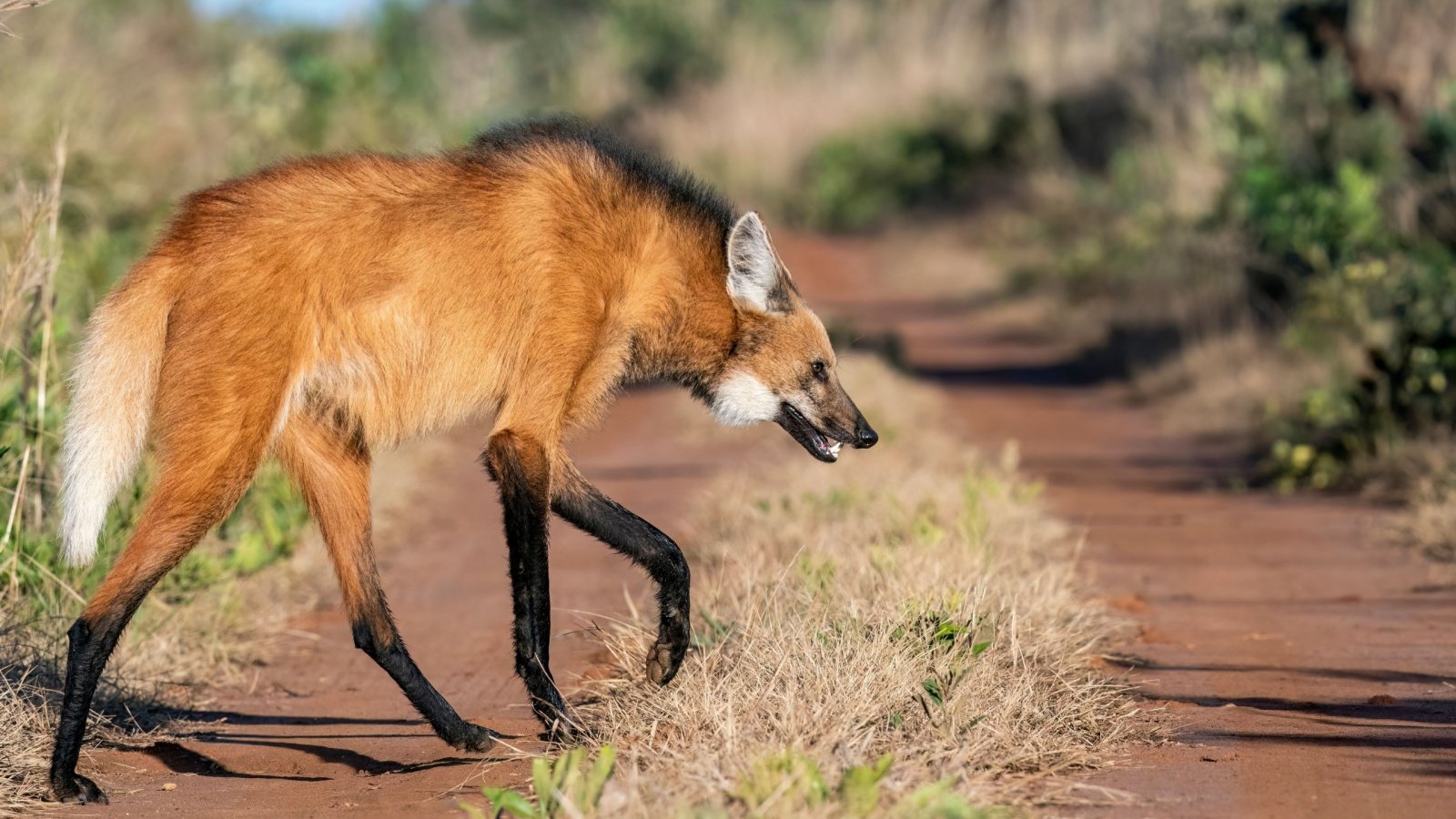
The maned wolf, native to South America, resembles a fox on stilts due to its long legs and reddish fur. These adaptations allow it to see above the tall grasses of its habitat while hunting small mammals, birds, and even fish. Despite its name and appearance, the maned wolf is solitary and omnivorous, with a significant portion of its diet consisting of fruits and vegetables.
Thorny Dragon
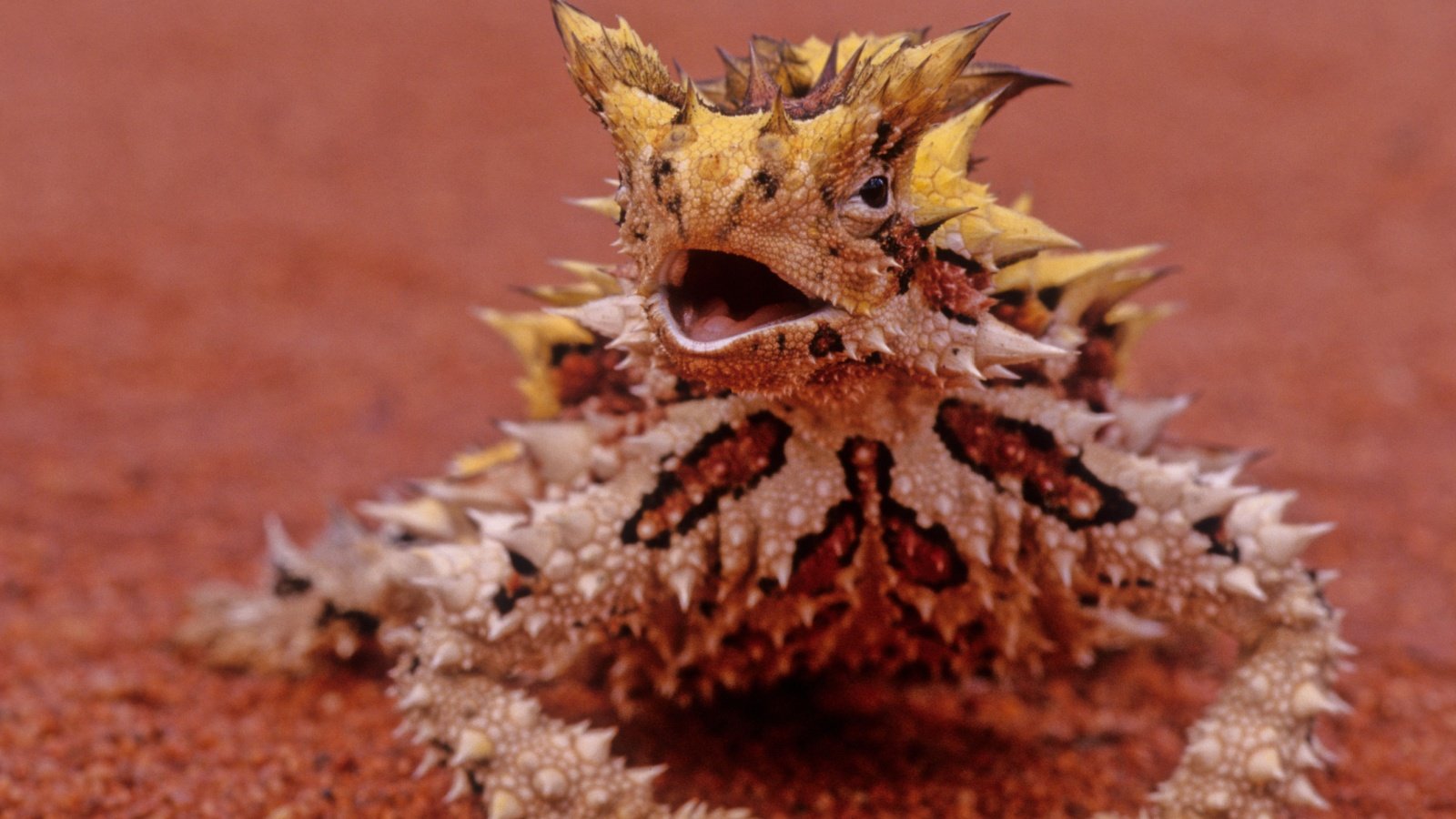
Australia’s thorny dragon is an armor-plated ant-eating lizard known for its formidable, spike-covered skin, which protects it from predators. It can also change color to blend into its desert surroundings and collect water by channeling dew and rain to its mouth through grooves in its skin.
Long-Wattled Umbrellabird
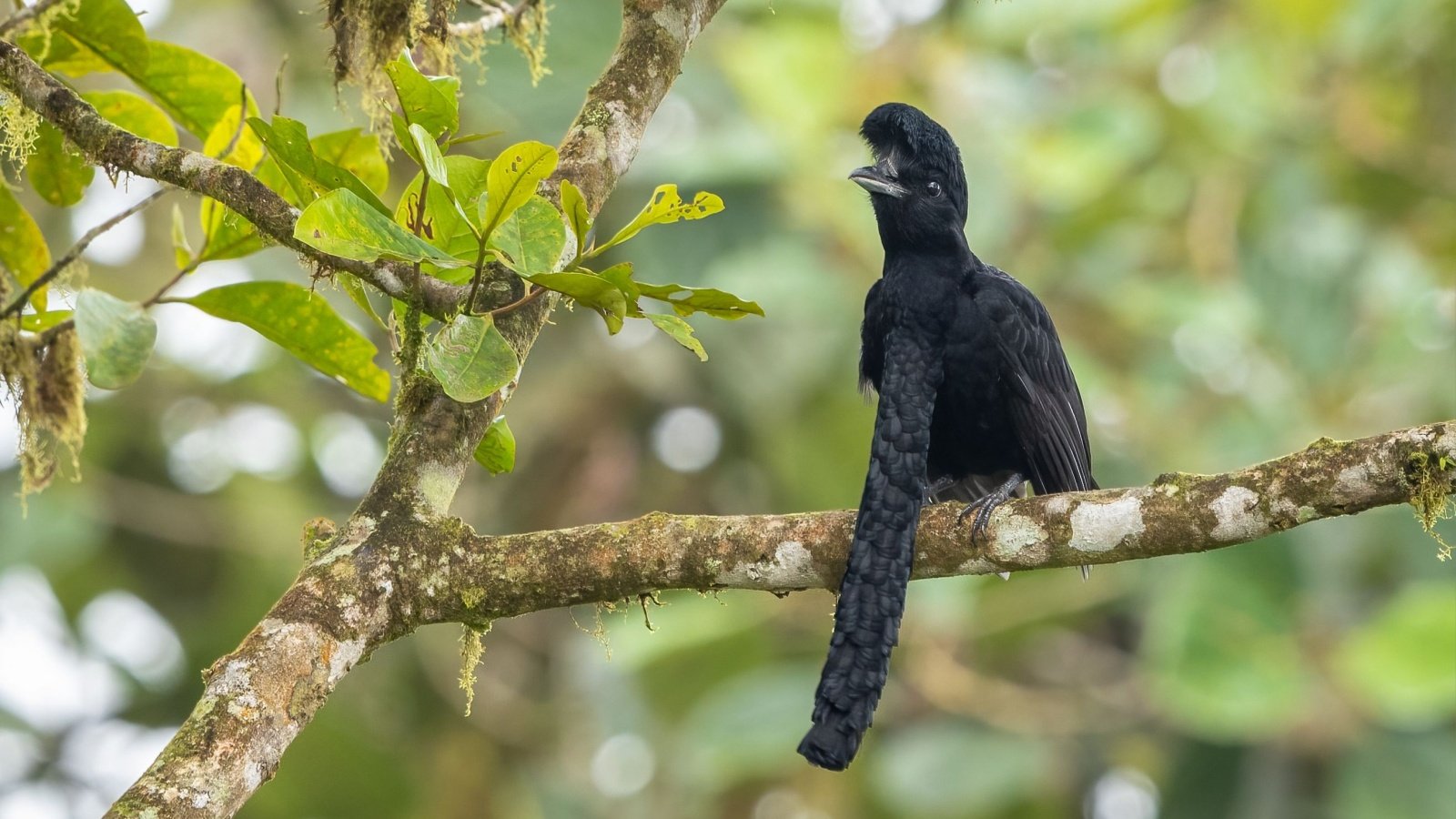
The long-wattled umbrellabird, found in the humid forests of Colombia and Ecuador, has a large, umbrella-like crest on the top of its head and a long, inflatable wattle hanging from its neck. This wattle, which can be inflated during mating displays to attract females, makes it one of the most bizarre-looking birds in the world.
Glass Frog
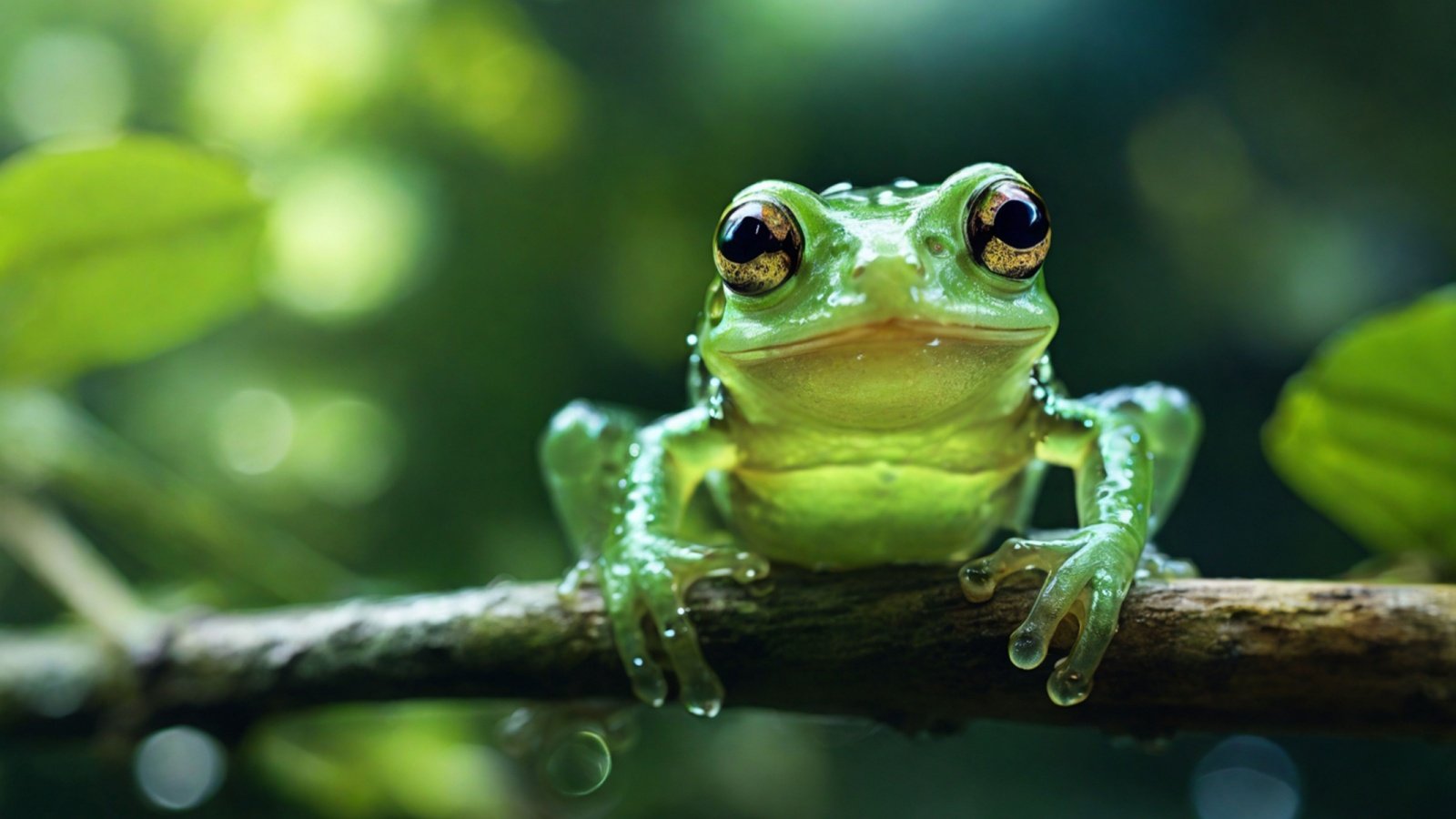
Glass frogs, native to Central and South America, have translucent abdominal skin that allows a view of their internal organs. This incredible adaptation serves as camouflage, making them nearly invisible to predators when they rest on green leaves.
Pangolin

Pangolins, often called “scaly anteaters,” are unique for their full armor of scales, which they can roll into a tight ball as a defense against predators. Found in parts of Asia and Africa, these shy creatures are critically endangered due to poaching for their scales and meat. They are the only mammals wholly covered in scales.
Pink Fairy Armadillo
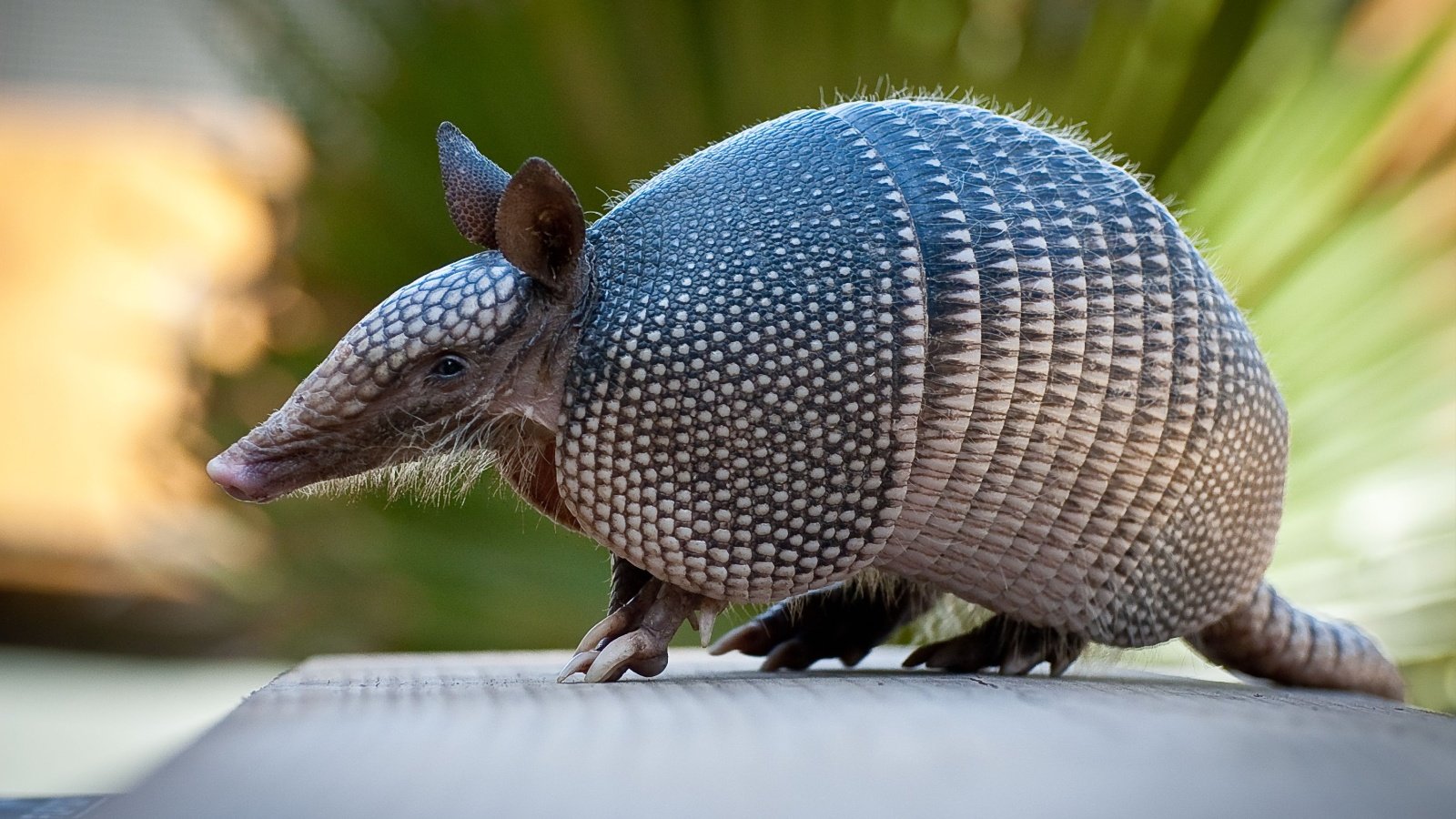
The pink fairy armadillo is the smallest species of armadillo, with a remarkable shell that appears almost translucent and a delicate pink hue. This elusive creature burrows in the sandy plains and dry grasslands of central Argentina, feeding primarily on ants and larvae. Its ability to burrow almost completely underground can make the pink fairy armadillo difficult to spot in the wild.
Blue Dragon

The blue dragon, or blue sea slug, is a type of mollusk found in warm ocean waters. It floats on the ocean’s surface by swallowing air, which is stored in its stomach to keep it afloat. Known for its striking blue color and silver underside, the blue dragon feeds on venomous cnidarians like the Portuguese man of war, storing their venom for its own use against predators.



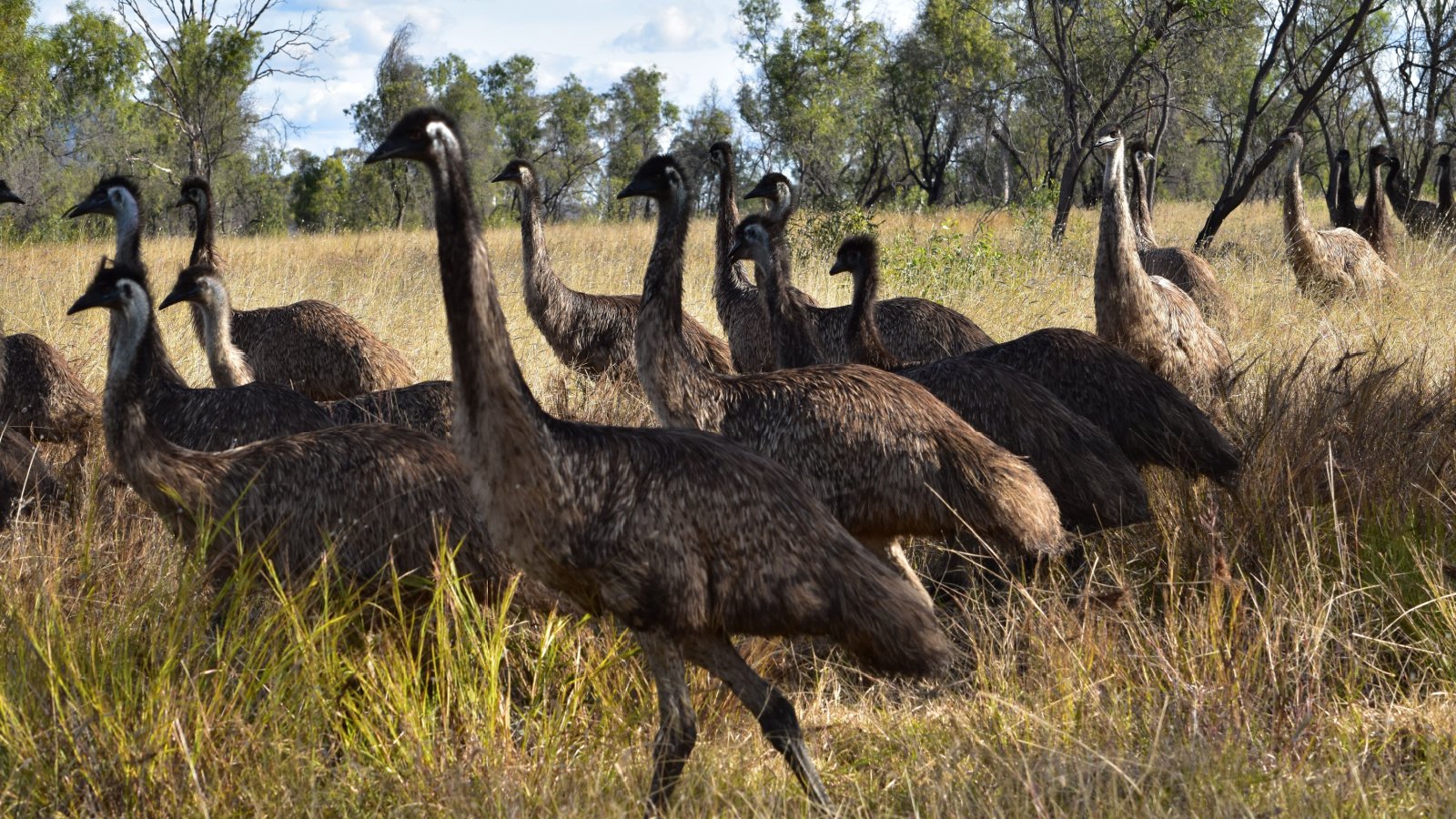




I believe what you posted made a great deal of sense. However, what about this?
what if you added a little content? I mean, I don’t wish
to tell you how to run your blog, however what if you added something that makes people
desire more? I mean ‘Freaks of Nature’: 25 Most Bizarre and Unusual Animals on Earth is kinda boring.
You might peek at Yahoo’s front page and see how they create news titles
to get people to click. You might add a video or a picture
or two to get readers interested about what you’ve written. Just my opinion, it
might make your blog a little bit more interesting.